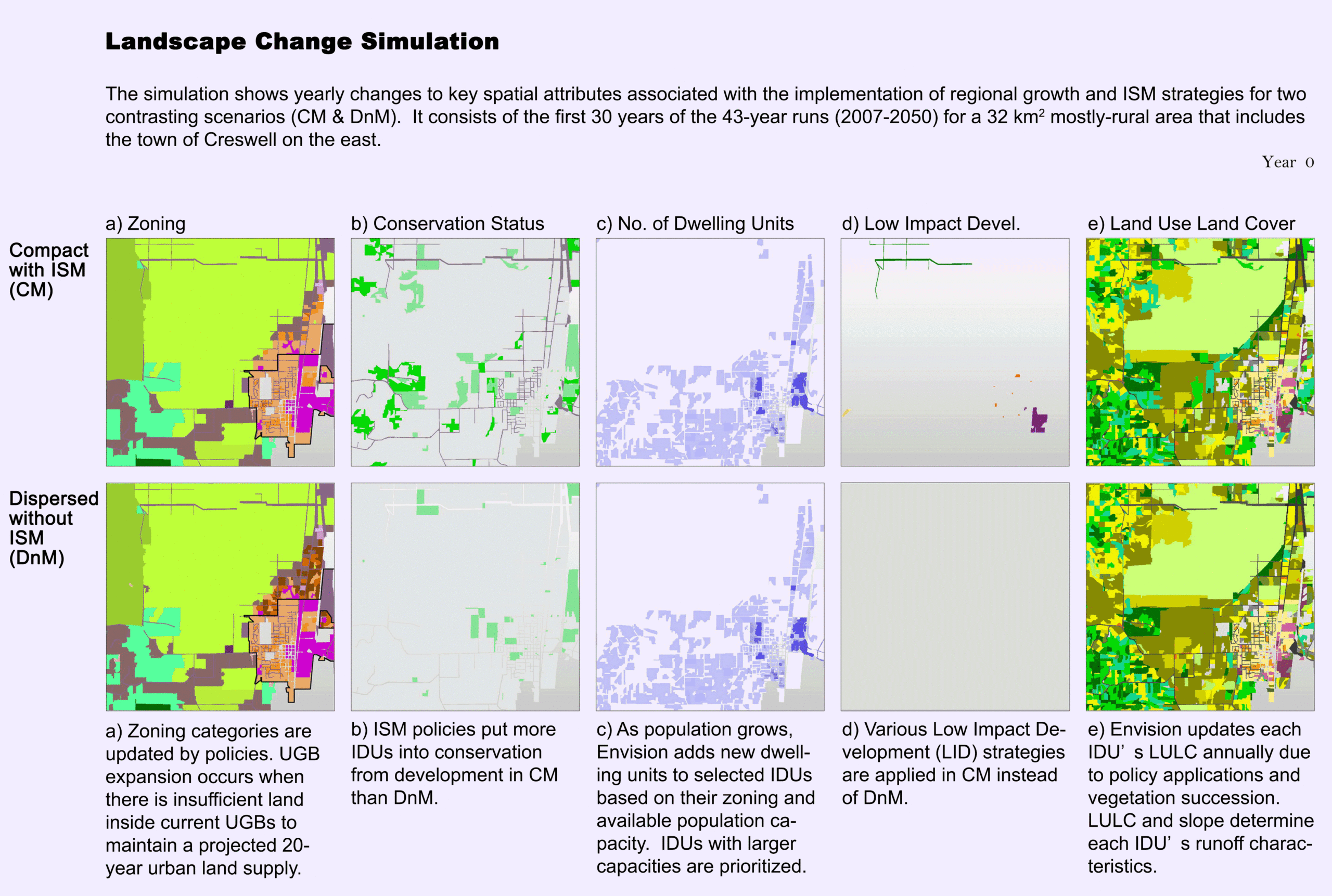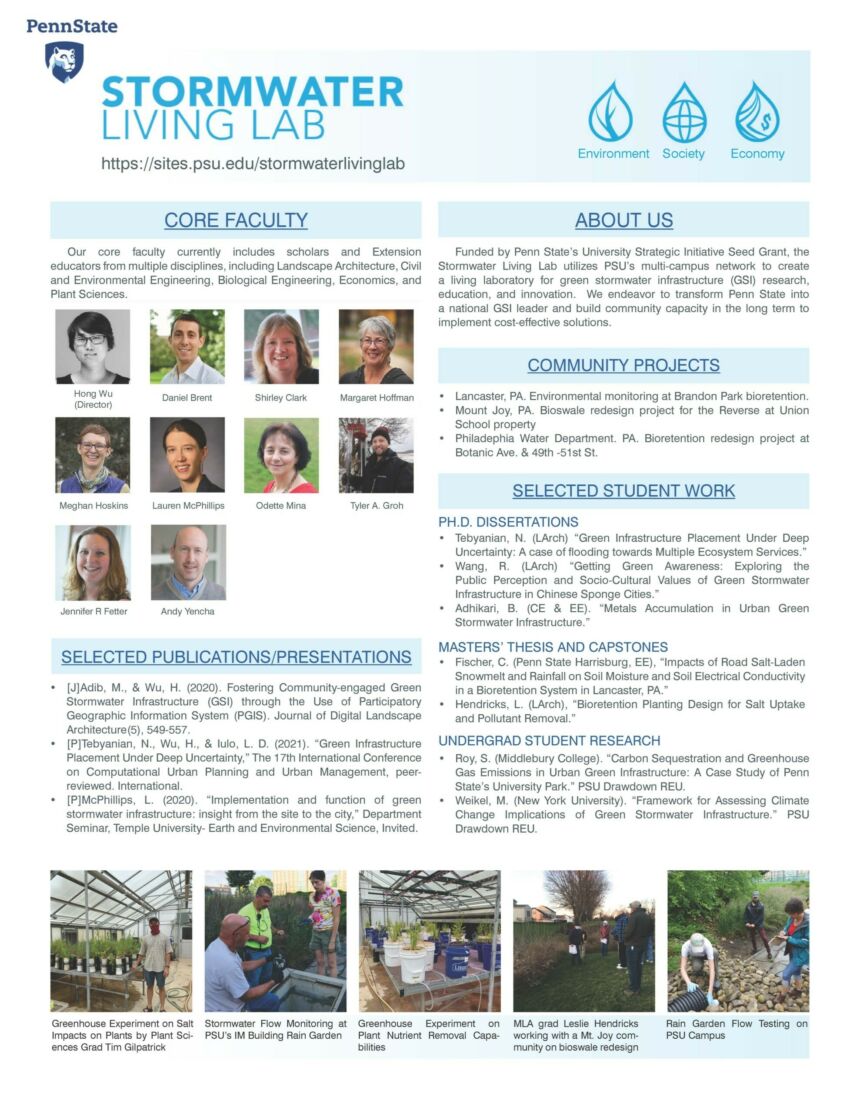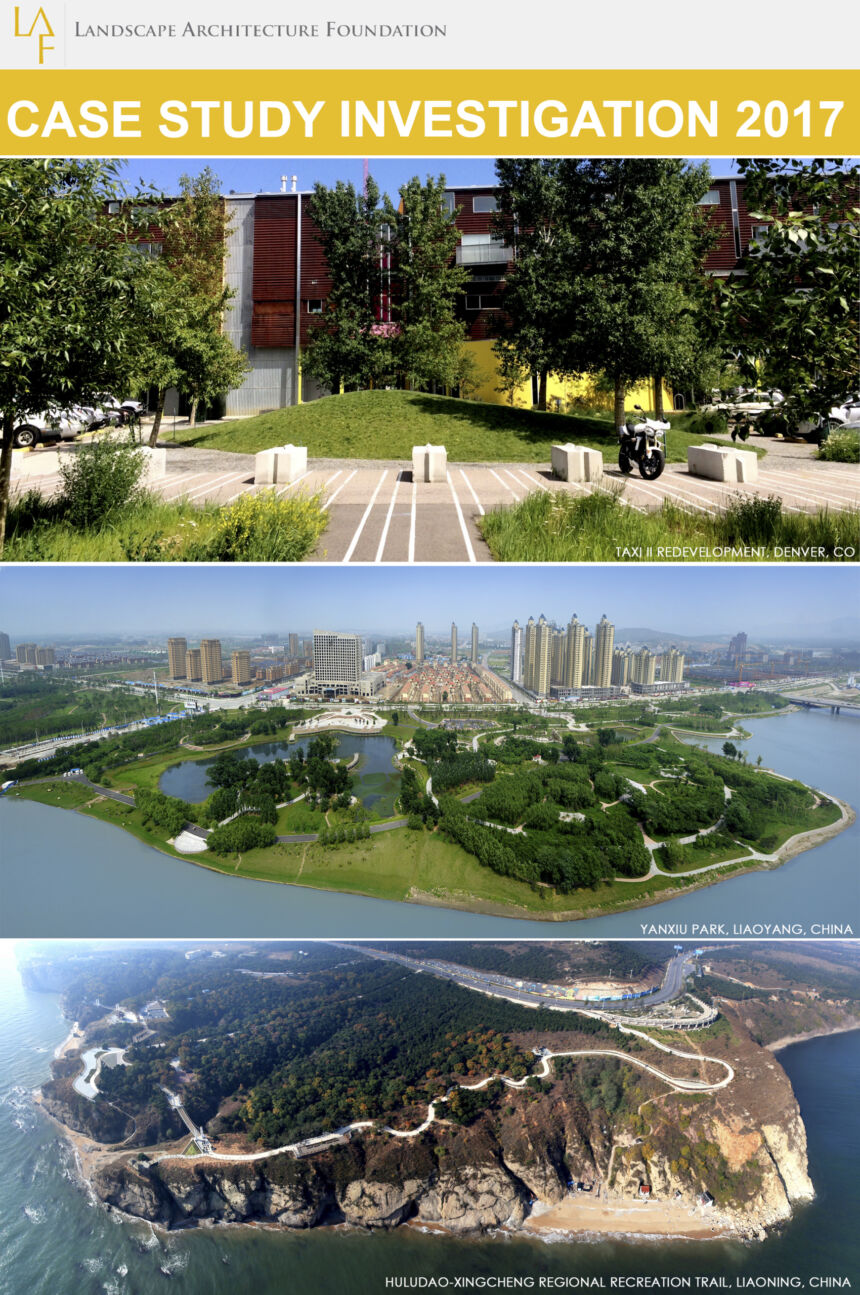Hong Wu
- Associate Professor of Landscape Architecture
-
Watershed planning and management
-
Green stormwater infrastructure
-
Urban river restoration
-
Landscape performance
-
Urban sustainability
-
Landscape planning and design in China
221 Stuckeman
- Email huw24@psu.edu
- Phone 814-863-5284
- Vitae Download/View CV

Biography
Wu Hong joined the Department of Landscape Architecture in 2016 as the Stuckeman Career Development Assistant Professor. She is co-chair of the Council of Educators in Landscape Architecture’s Geospatial and Digital Analytics Track, co-chair of Penn State’s University Water Council, director of the Penn State Stormwater Living Lab, and a core member of Penn State’s Ecology + Design research initiative.
Academically trained in architecture and landscape architecture, Hong’s research passion lies in an important and timely set of topics across different spatial scales.
At the regional and watershed scale, Hong applies computer-based models to facilitate natural resource decision-making, especially as it relates to water. Through agent-based landscape change simulation and hydrological modeling, she has investigated the effectiveness of stormwater best management practices and alternative urban development patterns for conserving stream ecosystem health in the context of urbanization and climate change.
At the site scale, Hong is passionate about exploring innovative design approaches to integrating sustainability into urban landscapes. Her current green stormwater infrastructure research focuses on investigating the environmental, social, and economic aspects of green stormwater infrastructure across different social and environmental contexts.
Hong previously practiced landscape architecture professionally as a principal of Urban People + Space Landscape Design Studio (Beijing) and as a consultant for the Beijing Tsinghua Tongheng Urban Planning and Design Institute.
With three international design awards, including a 2012 American Society of Landscape Architects Professional Honor Award, Hong’s previous work mainly dealt with the transformation of contaminated sites into environmental and social amenities, municipal-scale urban green space planning, and green stormwater infrastructure planning and design in the context of China’s Sponge City Development.
Collected Works






